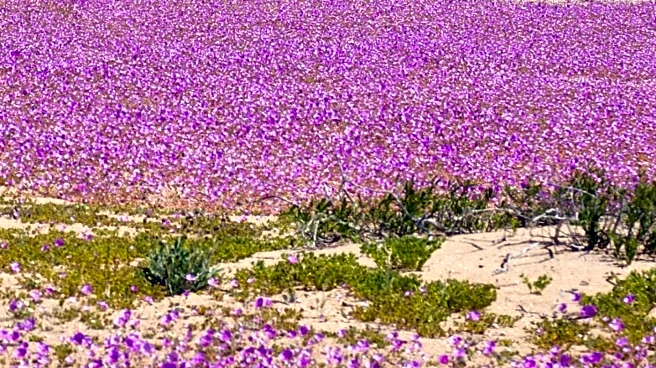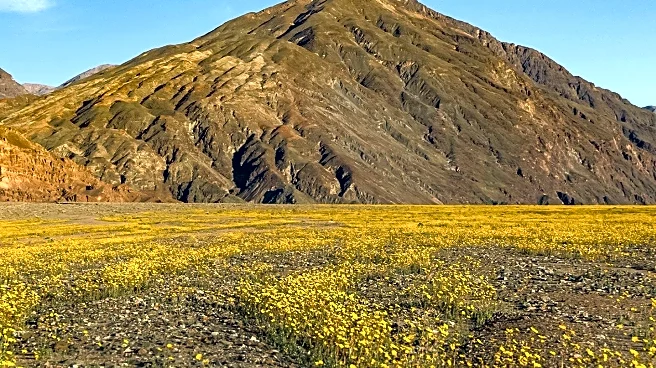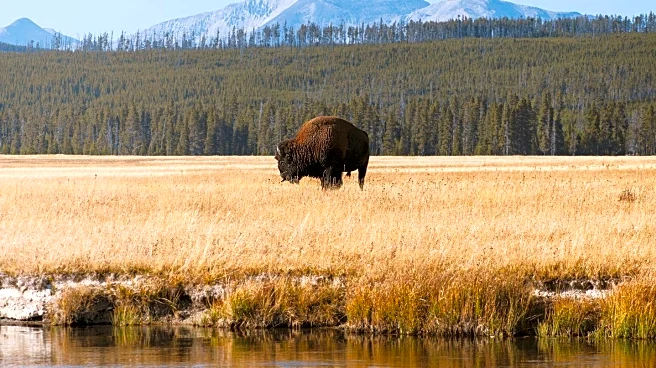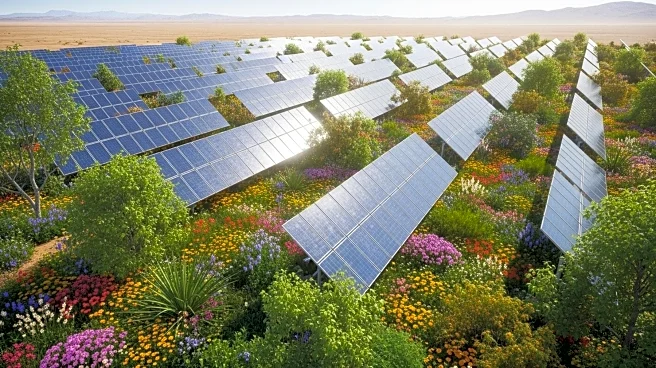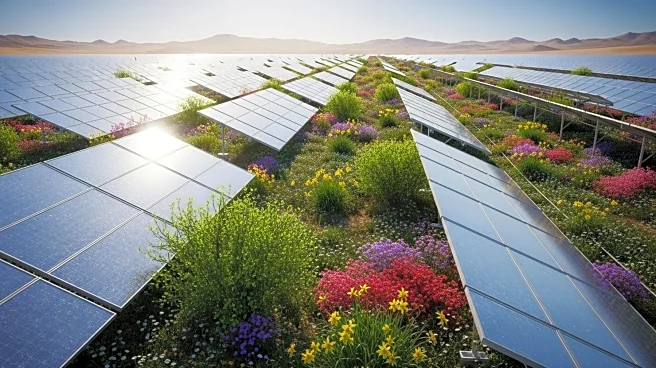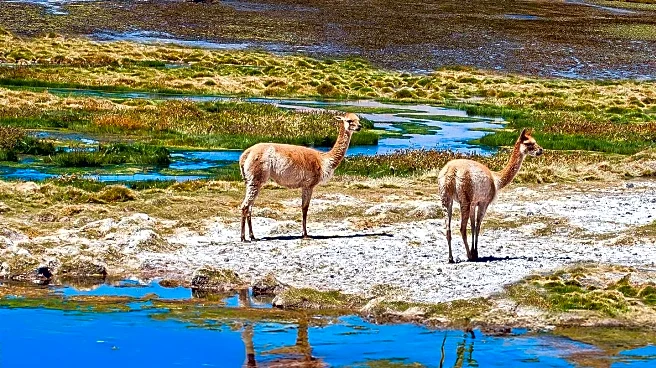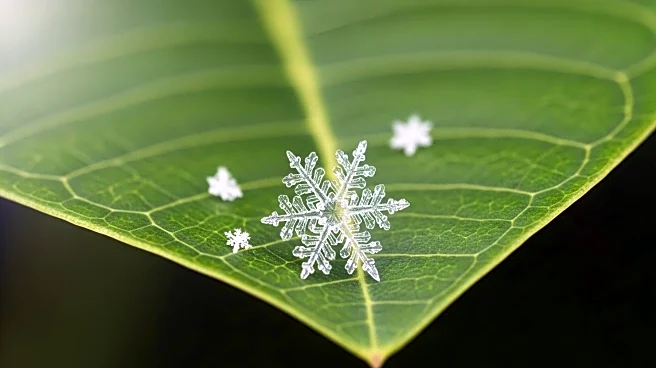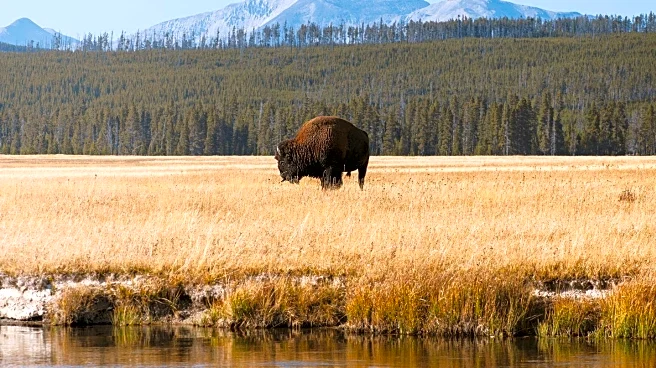What's Happening?
The Atacama Desert in Chile, known for its extreme aridity, has undergone a remarkable transformation due to significant rainfall in August. This rare event has led to a wildflower bloom, covering the desert with vibrant colors. The Atacama Desert typically receives less than 15mm of rain annually, but this year, it saw over 12mm in August alone, most of which fell in a single day. This bloom consists of more than 200 species of wildflowers, some unique to the region. The phenomenon, which usually occurs between August and November, is triggered by above-average rainfall that activates dormant seeds. This year's bloom follows a similar event in 2024, highlighting the desert's occasional bursts of life.
Why It's Important?
The wildflower bloom in the Atacama Desert is significant for several reasons. It showcases the desert's unique ecological dynamics, where rare rainfall can lead to extraordinary natural displays. This event attracts tourists and researchers, boosting local tourism and providing opportunities for scientific study. The bloom also highlights the impact of climate patterns on desert ecosystems, offering insights into how these environments respond to changes in precipitation. For Chile, this phenomenon underscores the importance of preserving natural habitats and understanding climate variability, which can have broader implications for environmental policy and conservation efforts.
What's Next?
The bloom is expected to reach its peak in the coming weeks, according to Chile's National Forest Corporation (CONAF). This period will likely see increased tourist activity as visitors flock to witness the rare spectacle. Local authorities may implement measures to manage the influx of tourists and protect the delicate ecosystem. Researchers might continue to study the bloom to gain insights into the desert's biodiversity and the effects of climate change on arid regions. The event could also prompt discussions on sustainable tourism and conservation strategies to ensure the desert's unique flora is preserved for future generations.
Beyond the Headlines
Beyond the immediate visual impact, the Atacama Desert bloom raises questions about the long-term effects of climate change on desert ecosystems. The increased frequency of such blooms could indicate shifts in weather patterns, potentially affecting local flora and fauna. This event also highlights the delicate balance between tourism and conservation, as increased human activity could threaten the desert's fragile environment. Ethical considerations regarding the preservation of unique species and habitats may come to the forefront, prompting discussions on how best to protect these natural wonders while allowing public access.
